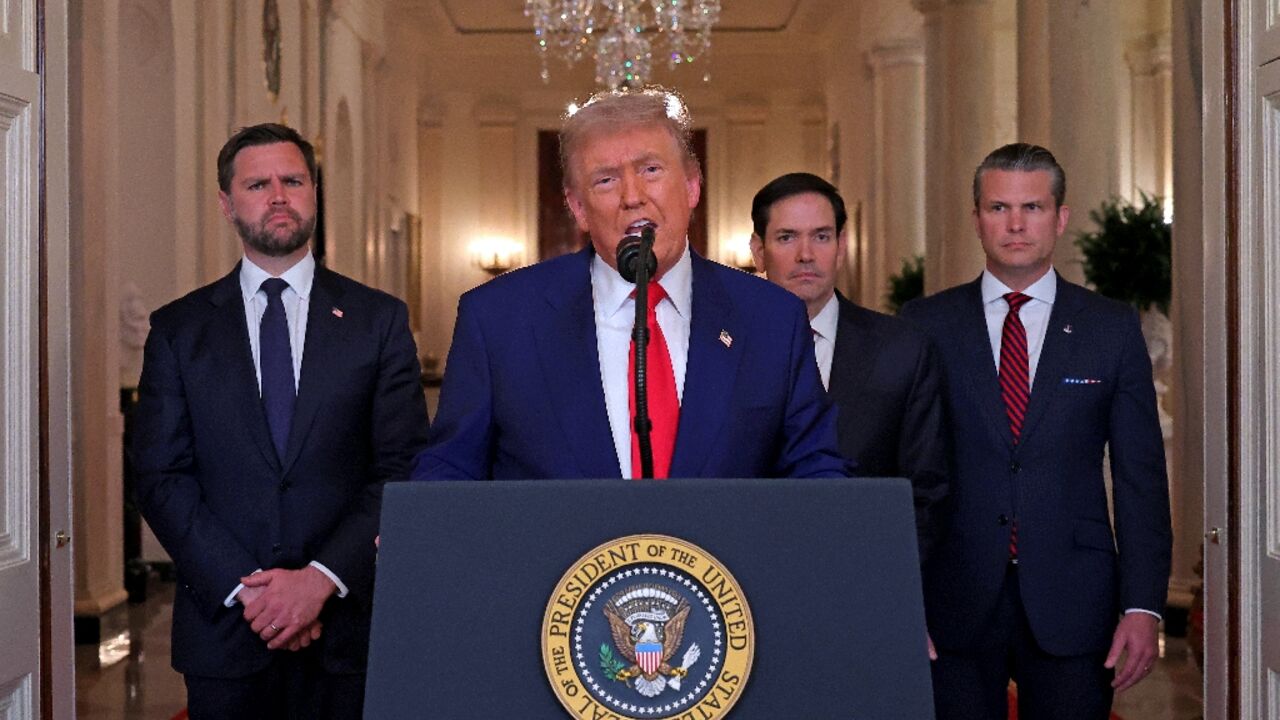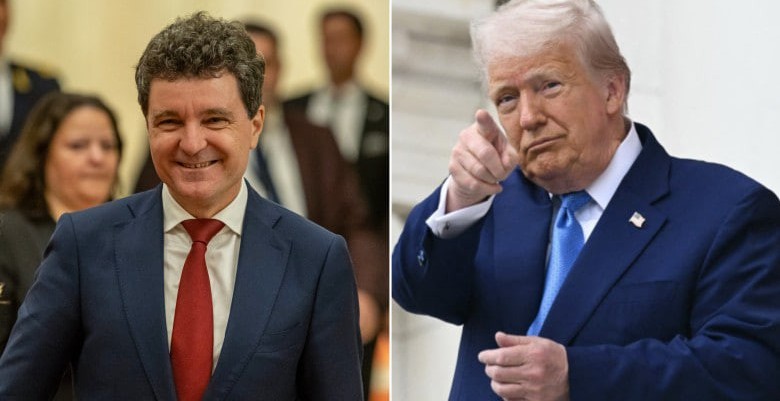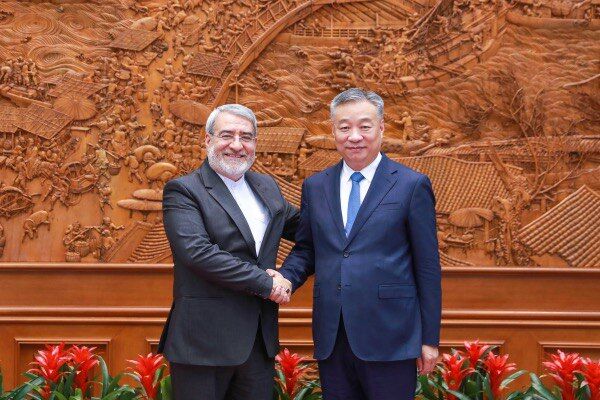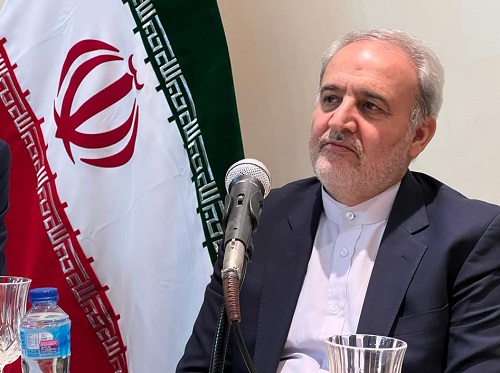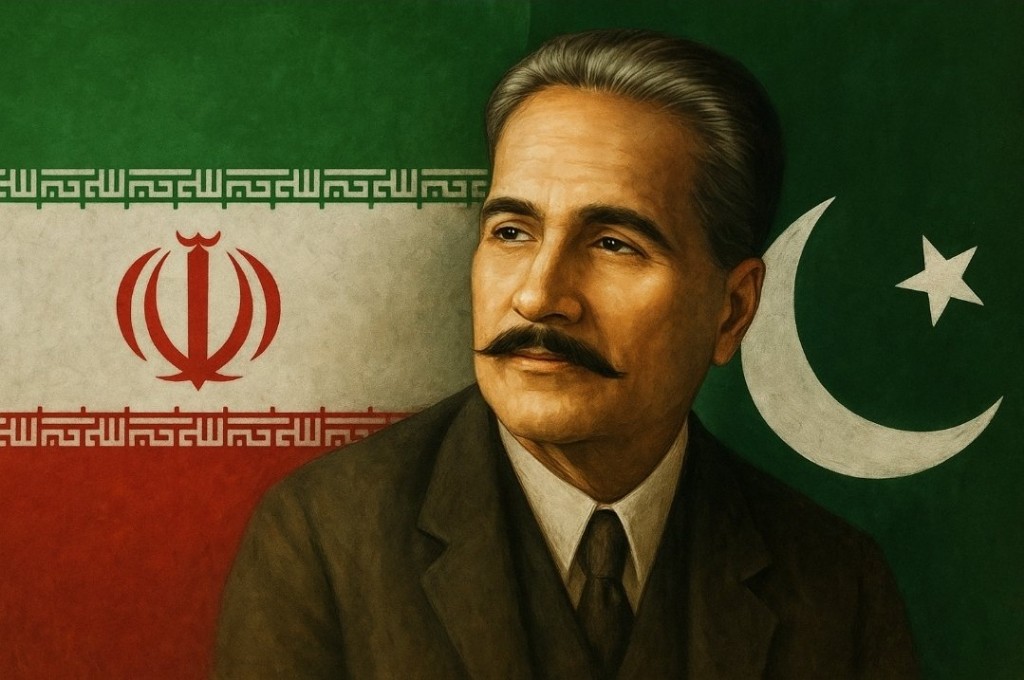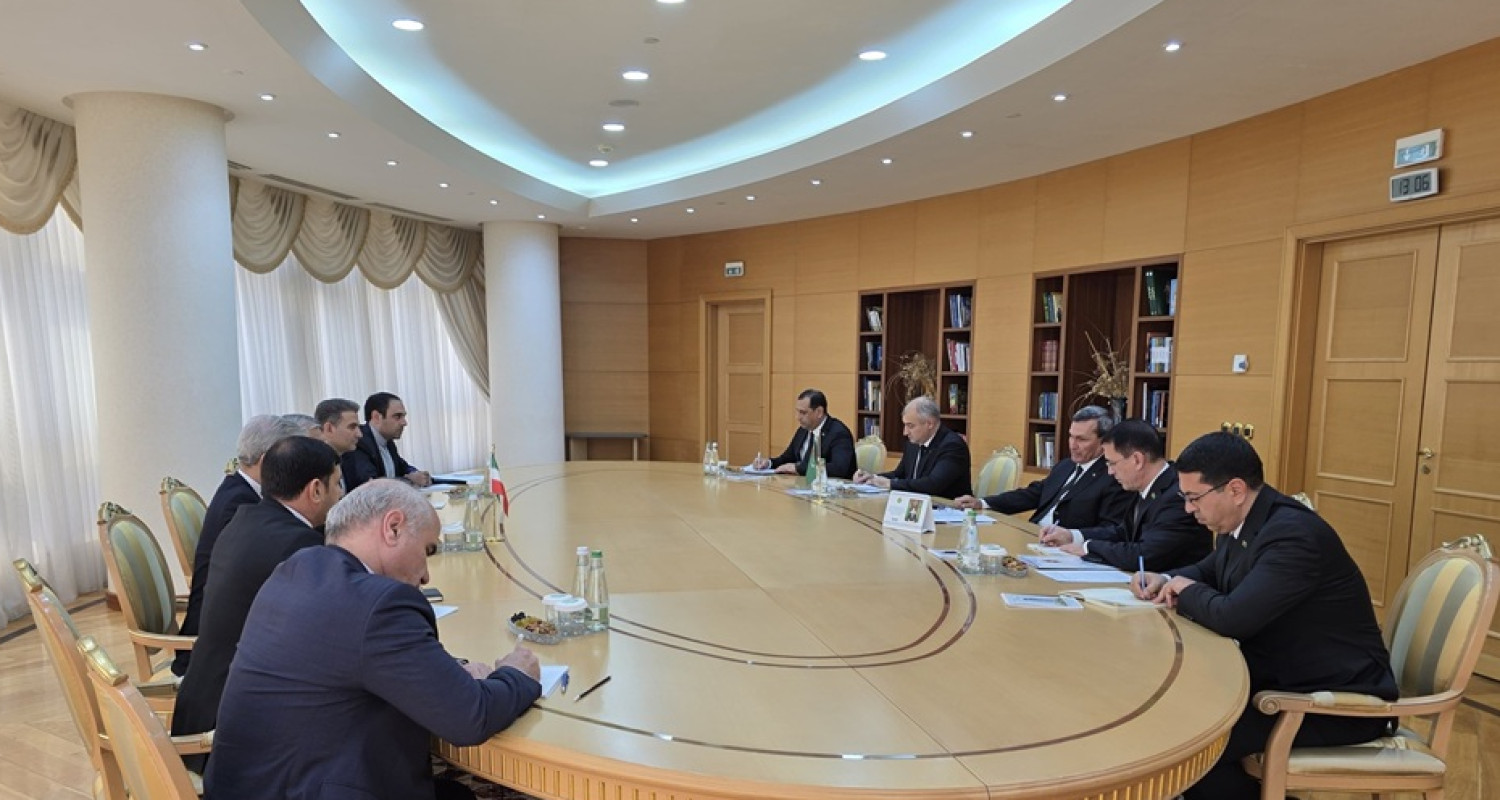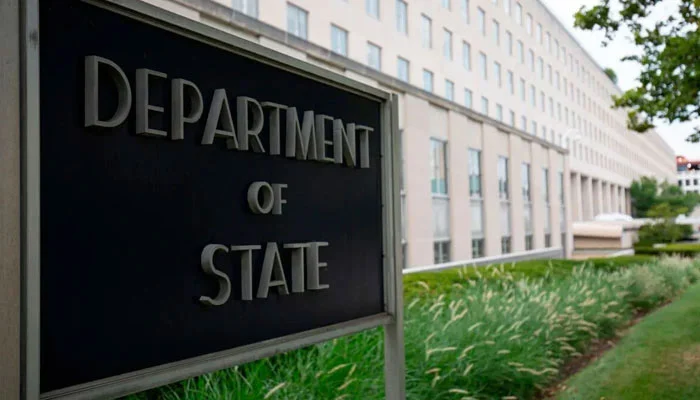Washington, D.C., June 24, 2025 — The Europe Today: Former U.S. President Donald Trump has announced that Israel and Iran have agreed to a phased ceasefire set to begin at approximately 0400 GMT on Tuesday, signaling a potential end to nearly two weeks of intense and unprecedented hostilities between the two regional powers.
In a statement released via his Truth Social platform, Trump described the agreement as a “complete and total ceasefire” and noted that it would commence with Iran halting its operations, followed by Israel implementing its pause 12 hours later. The staggered timeline is reportedly intended to provide both sides time to conclude ongoing military operations and avoid sudden disruptions.
“This will mark the official end of what should be called ‘THE 12 DAY WAR,’” Trump wrote. “On the assumption that everything works as it should, which it will, I would like to congratulate both countries, Israel and Iran, on having the stamina, courage, and intelligence to end what should be called ‘THE 12 DAY WAR.’”
Origins of the Conflict
The hostilities began on June 13, when Israel launched a series of coordinated airstrikes on Iranian military, civilian, and nuclear facilities, including the highly sensitive Fordo underground uranium enrichment site. In retaliation, Tehran responded with a barrage of ballistic missile attacks targeting Israeli cities and military positions.
The confrontation escalated dramatically on June 22 when the United States entered the fray, conducting strikes on three major Iranian nuclear facilities. In response, Iran launched missiles at the U.S. Al Udeid Air Base in Qatar, pushing the conflict to the brink of broader regional war.
Mediated Through Backchannels
Although Trump did not explicitly name the parties involved in brokering the agreement, diplomatic sources have indicated that backchannel efforts involving Oman and Switzerland were instrumental in facilitating dialogue between Tehran and Tel Aviv. These mediators are said to have worked intensively in recent days to de-escalate tensions and prevent further civilian casualties.
Trump, however, focused his statement on the decision-making of the two nations, saying that the ceasefire represented a “measured wind-down” of hostilities and applauded both governments for their willingness to pursue de-escalation.
Humanitarian Toll and Regional Implications
The 12 days of open warfare have resulted in significant casualties and widespread destruction. Iranian authorities have reported hundreds of civilian and military deaths, including members of the Islamic Revolutionary Guard Corps (IRGC), while Israel has reported dozens of fatalities and activated nationwide emergency protocols.
Civilians in both countries have endured repeated airstrikes and missile barrages, leading to mass displacement, infrastructure damage, and rising fears of a prolonged regional conflict.
The ceasefire agreement, if successfully implemented, could ease tensions not only between Iran and Israel but also across the broader Middle East, where regional powers had begun bracing for the possibility of an expanded confrontation.
As of now, no official statements have been released by the governments of Israel or Iran regarding the ceasefire terms. Observers are watching closely to see whether the phased cessation of hostilities holds and whether this marks a shift toward longer-term diplomatic engagement between the two adversaries.
